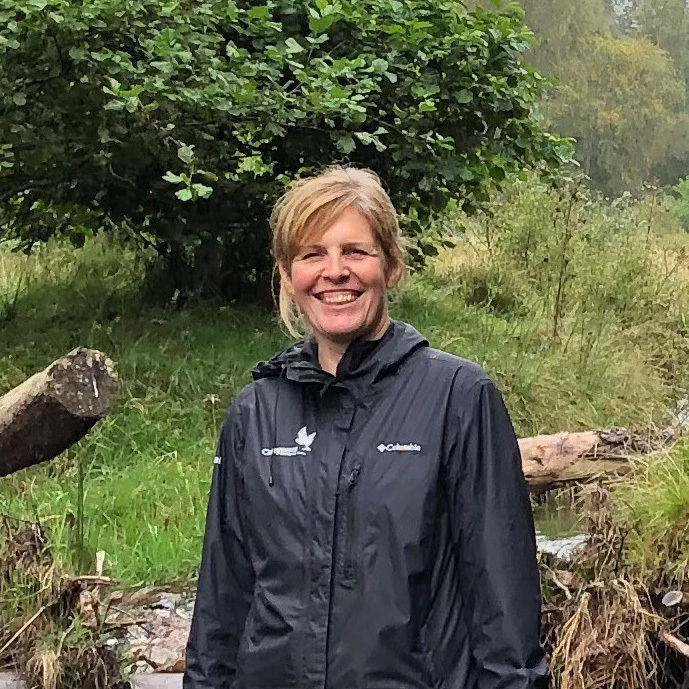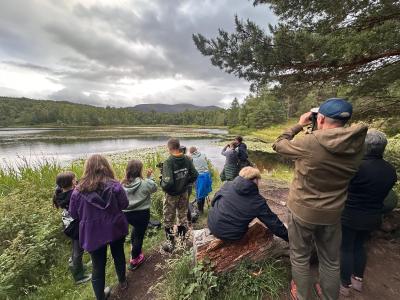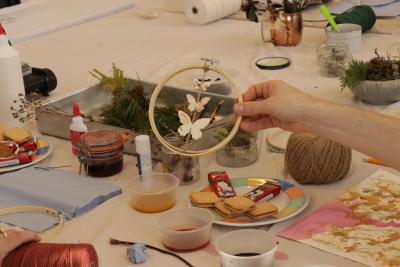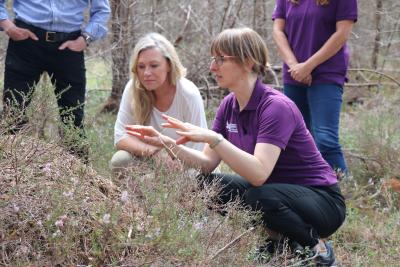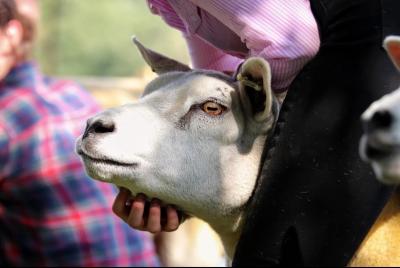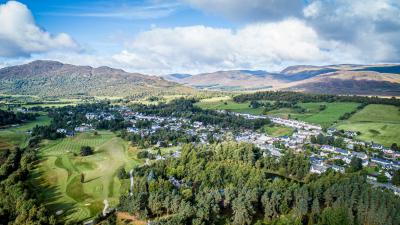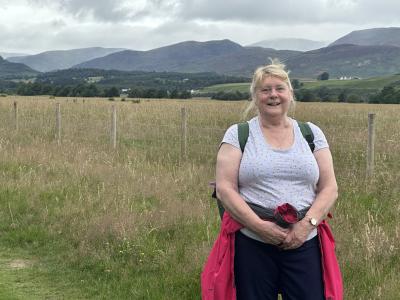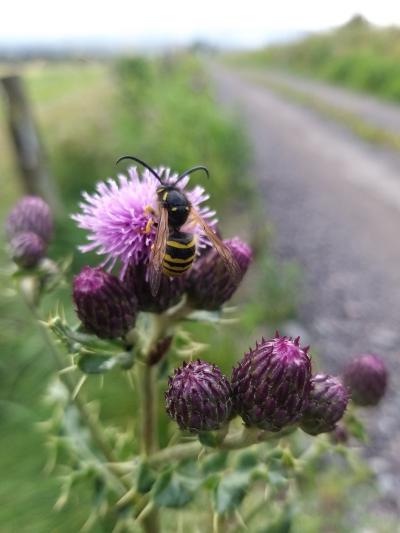Making a difference downstream
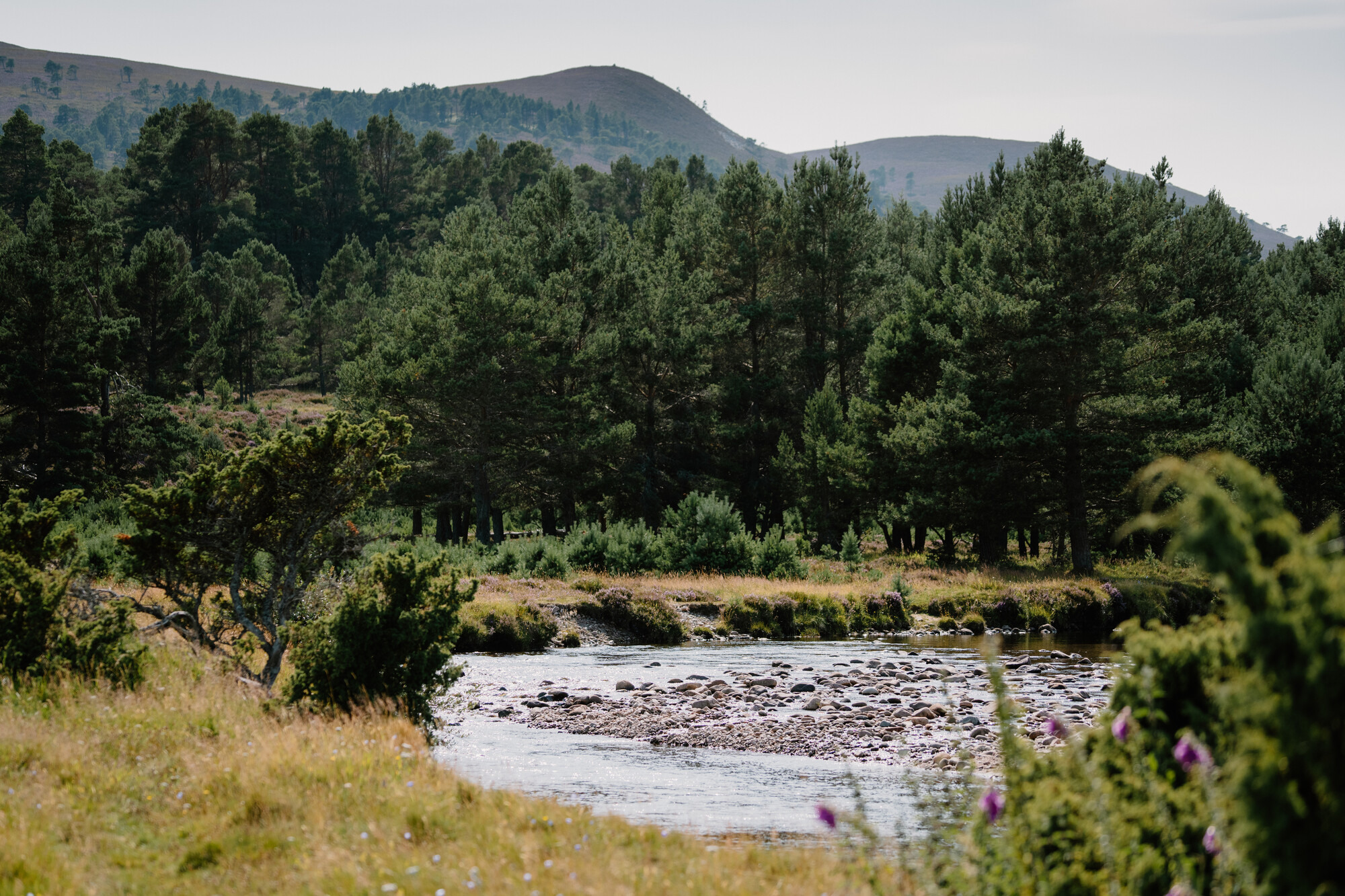
In the face of climate change we’re seeing low flows coupled to increases in temperatures – a double whammy for our rivers. Fish suffer stress at a water temperature above 20c where juvenile fish will stop eating and temperatures creeping above that can be lethal. We’ve heard that salmon aren’t travelling up the river under low flow conditions and that smolts are leaving for sea much later than normal; further bad news for this endangered species. River restoration involving planting trees along the river to shade and keep water cooler and create physical diversity in the channels with deep pools for fish and invertebrates can’t happen quick enough.
That’s why catchment scale restoration is so important to reduce the impacts of droughts and high temperatures as well as reduce run-off from high flows when we eventually see significant rain. We are working with our partners to ‘smooth the flow’, working out the best places to restore peatland, create woodlands or re-meander rivers to make a difference downstream during droughts and high flows.
Beavers are another part of the restoration story; their dams can hold back water letting it steadily trickle out, keeping downstream flows constant. We’ve seen this happening already in a few of our release sites and heard from other sites across Scotland that the beaver ponds create a place for livestock and wildlife to drink.
This year I’ve joined 70 other volunteers to go out and monitor wading birds on farms around Strathspey, Tomintoul and Glenlivet. In this dry spring I’ve seen how important scrapes (shallow wet areas created in rushy fields) are not only for the birds that feed in the soft mud and shallow water but for all sorts of other wildlife, including swallows swooping down to collect wet mud for their nests. I’m adding red squirrel to the list too, seeing one recently hop down from a Scot’s pine and drink from a wet hollow created by cattle was great.
What can you do? One of the easiest things is to create your own pond to provide a haven for wildlife including birds, hedgehogs and amphibians. It’s even better if you can link this to a downpipe from your shed or house roof. I’ve seen my pond levels drop quite low and then fill up in the next heavy downpour, creating habitat from rainwater rather than letting it go down the drain.
